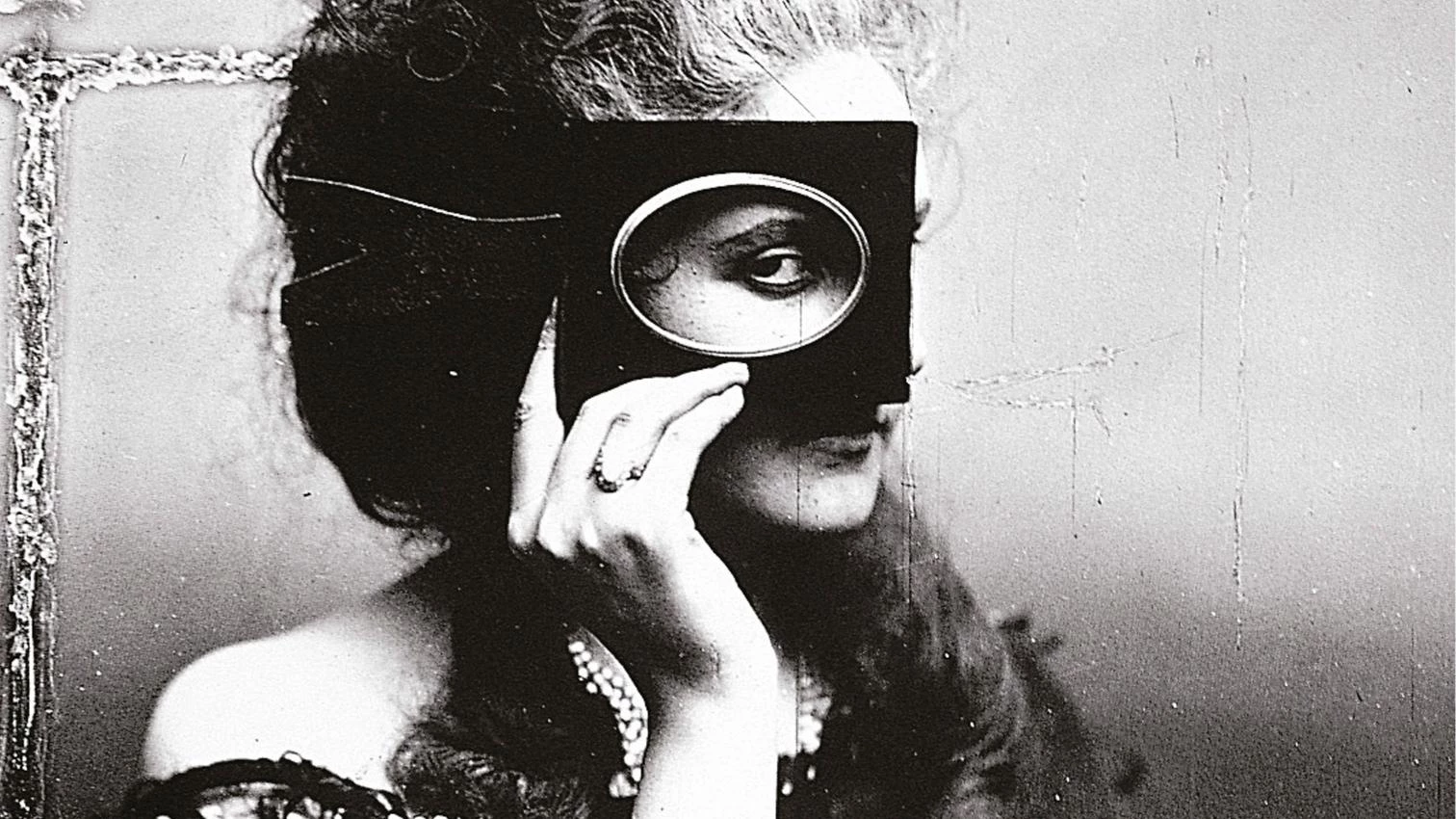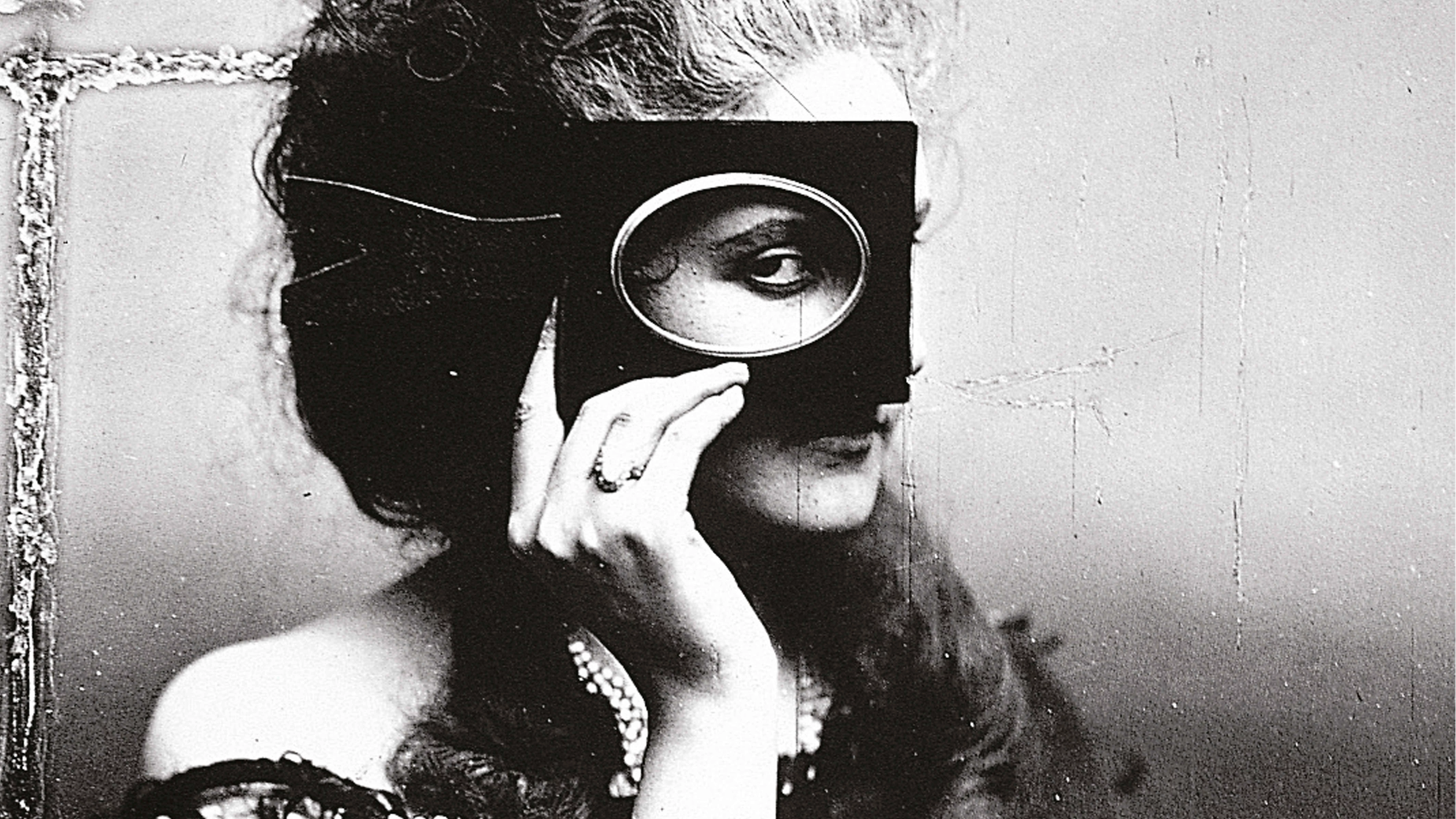
Pierre-Louis Pierson, Scherzo de folia, c. 1840
An elegy that should be written in awareness of its nostalgic nature, because in this carnival the exact eye of the ophtalmologist has been transformed into the equivocal eye of the mask, and the dominant eye of modern ambition has given place to a hesitating eye more focused on the changes and disorders of the passage of time than on the exacting imposition of its gaze in the world. The canvasses that Gandy painted for Soane admirably expressed the dilemma of the eye between enlightened reason and romantic feeling: the two paintings of the Bank of England offices show the hall under construction and completed, and this journey from the work in progress to the finished one sums up a bright, optimistic lesson; in contrast, the two images of the bank’s Rotunda, completed and in ruins, burden the eye with the anticipation of decline, and insert the building in a biological and historical time. This elegiac ruin that finds the truth of the building in its final destruction is very different from the fertile ruin of Bramante or from the didactic ruin of Rondelet, both illustrations of the stubborn continuity of the norm, so that, in the end, perhaps only the sectioned eye of Dalí and Buñuel is able to reflect fully its tameless, mortal and interrupted gaze...[+]






